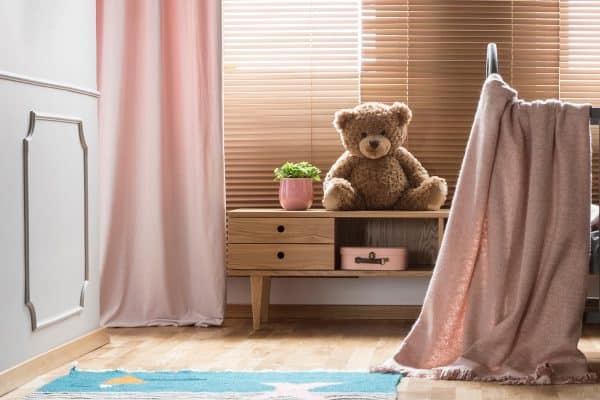When shopping for home curtains, how do you know how many panels you need to buy? Is it one panel to one window? Does the curtain need to cover the whole frame? We researched if you need to have your curtains covering your entire window and here's what we learned.
Yes, curtains need to cover the entire window frame and even more. It is a mix of fashion and functionality. Hanging ample curtain fabric gives your room a full and luxurious look.
Even if you decide to hang them on the side, they still need to be wide enough to cover your window frame should you need to cover your window when the situation calls for it.
Keep on reading so we can tell you more about why curtains should cover the entire window frame. We'll also answer if you can hang your curtains on the sides, if it's okay to hang long curtains on short windows, and where curtains should fall when you hand them. Let's delve right into it!
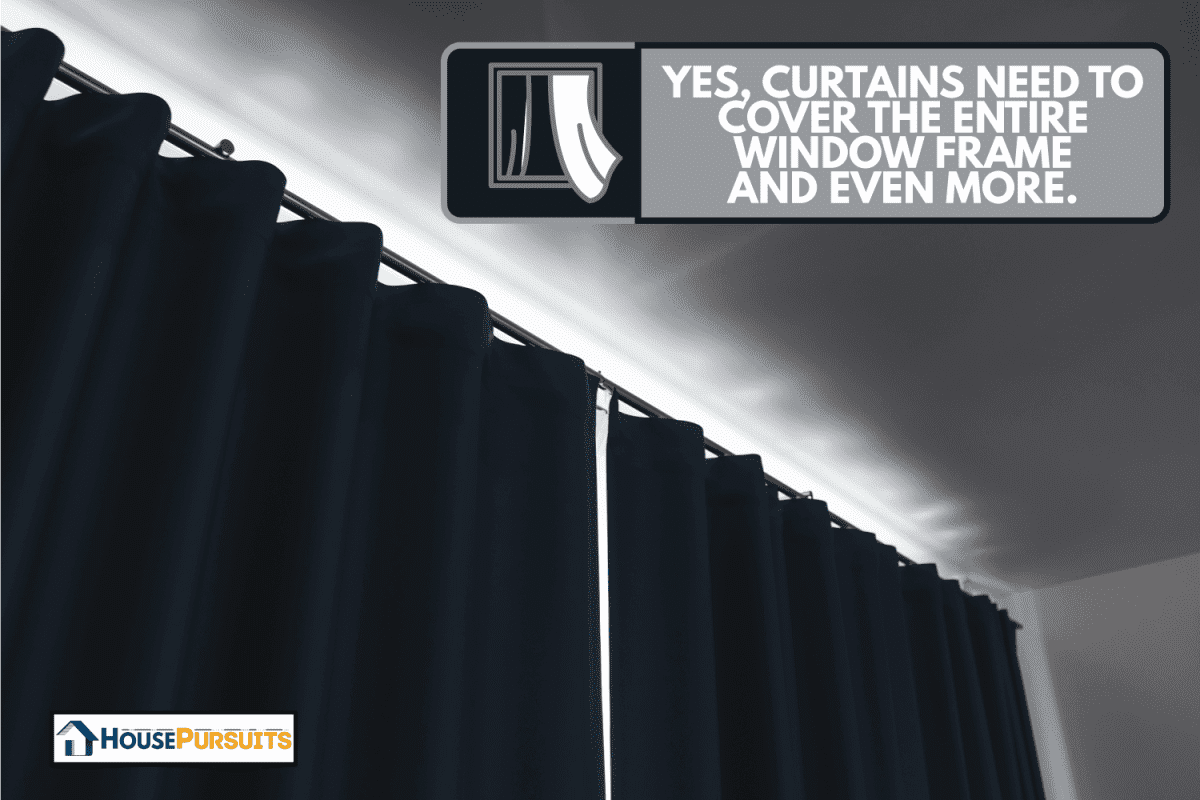
Should curtains cover a window frame?
Curtains are window treatments that regulate the amount of light that enters your room, give you privacy, and help insulate your home.
But we can't deny that they are also fashion pieces for your house. They come in different colors, designs, styles, and textures that can instantly transform your interior's look the moment you hang them on the wall.
Curtains can brighten the room or block off light as needed. They can also add drama and fun to your background. With the right fabric and style, they can make your interiors look elegant and classy.
That's why buying curtains can be exciting and fun as you decide which pieces to hang in each room to give each one a distinct personality. But of course, you need to know how many you have to buy so that you'll have matching curtains at least in one room.
Knowing if curtains need to cover the entire window will help you determine the number of panels you need to buy. To answer our main question, yes, curtains need to cover your window frame and even more if you want to achieve the luxurious look of full draperies.
Covering the entire window also gives you privacy when needed and blocks off the light coming from the outside.
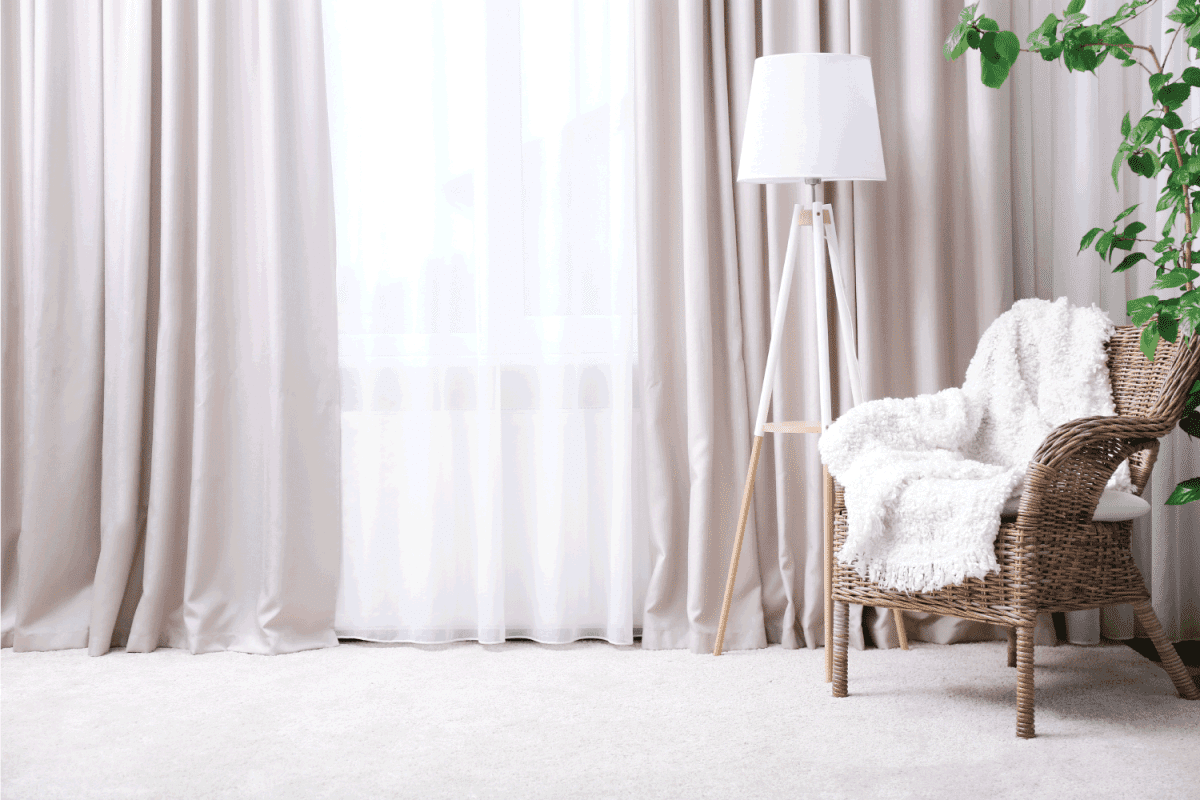
Here's a guide for the combined width of the curtains that you'll use for a single window frame:
- For standard curtains with grommet or rod pockets, their width should be 1.5 to 2.5 times the window frame's width. This will help you achieve minimum or maximum fullness respectively.
- Even if you just intend to use the curtains to frame the window without meaning to shut them, their combined widths should still ideally be around 1.5 times the width of the window.
- Pleated and ripple fold style curtains already have built-in fullness in them so their width can be the same as the curtain rod's length.
Check out these grommet curtains on Amazon.
For example, you have a 36-inch window and the standard width per curtain panel is 48 inches. If you're buying pleated or ripple fold style curtains, one panel will be enough to cover your window while still giving it a full look since either type has built-in fullness in them.
Click this link to find these ripple fold style curtains on Amazon.
But if you prefer grommet or rod-pocket style curtains, you would need to buy two panels to attain maximum fullness.
Take note that these are just guides and recommendations from the experts. How you cover your window would still depend on your purpose and own style.
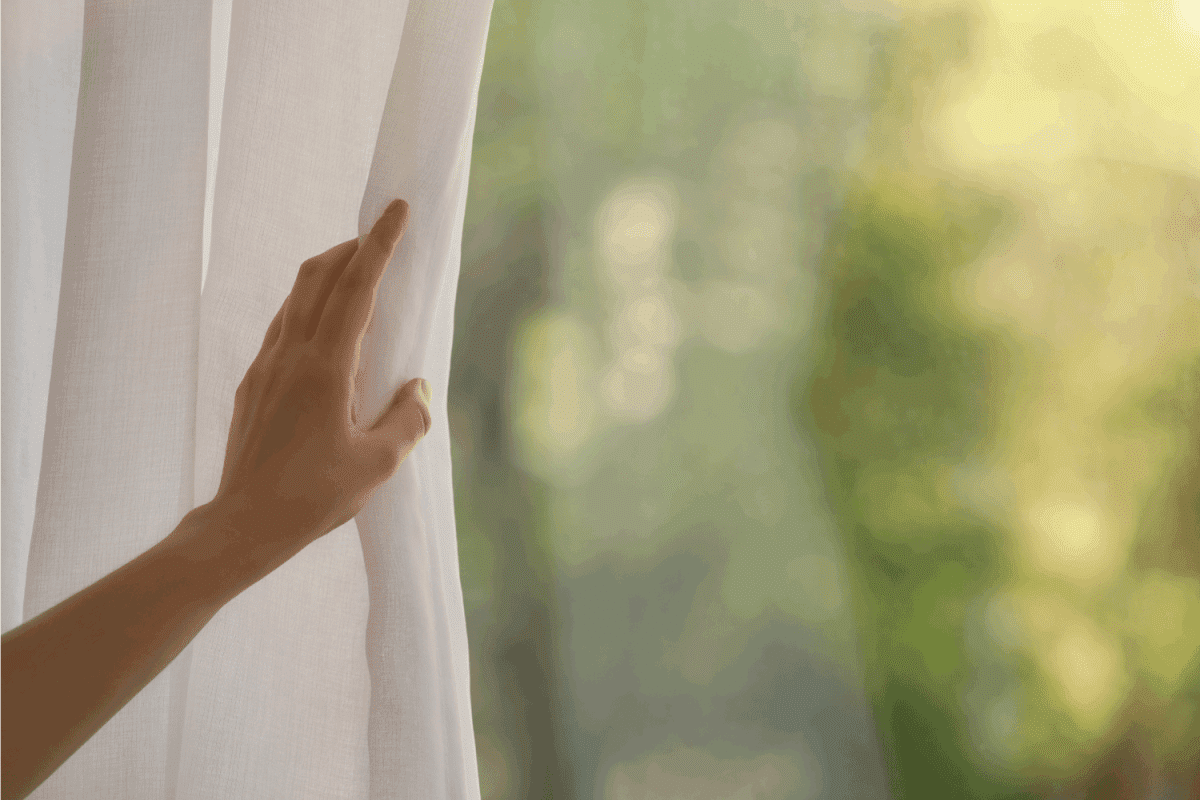
Can you put curtains just on one side of the window?
As the homeowner, you have the discretion to hang your curtains any way you want to. However, the manner of hanging curtains has tended to follow fashion rules through the years. For example, hanging long curtains gives you a contemporary look but hanging them short makes your room look outdated.
You can put curtains just on one side of the window if that's what you like. You also have the option to hang curtains on either side of the window.
Side drapes are often used when:
- there are side-by-side windows in a room
- if you want to showcase the window and the view of your outdoor area
- you want to use curtains to frame the window to make the room look larger and wider
- if you want to allow as much light to enter the room as possible
- if there's a fixture underneath the window
As with other ways of hanging curtains, there's always an interplay of functionality and fashion.
When it comes to the measurement of your side draperies, you would still need to follow the recommended widths above. They will give your side drapes enough fullness or stackback when they are gathered on one side.
But you still need them to be able to cover your entire window frame should the need arise like when you need privacy or shut the windows at night.
Aside from mounting curtain rods that extend at least 3 inches on both sides of the window frame, you also need to install a fixture on the side to secure the curtains in their position or you can also use a tie-back instead.
Find these drapery holdbacks on Amazon.
Is it OK to put long curtains on short windows?
Hanging curtains can be a tricky task. You can change the look of your room depending on how you hang your curtains.
Having a short window can make the room look short as well. If you hang short curtains on it, it'll further call attention to its rather small size and ironically, overshadow other elements in the room.
One way to resolve this issue is by hanging long curtains over your short window. The long drapes will give the illusion that the window is taller and make the room look larger as well.
However, it isn't suggested to mount your curtain rods so high above your window frame. You can put them halfway between the window frame and the ceiling.
Or if its distance from the ceiling is more than 12 inches, you can install the rods about 8 inches above the frame. This will still make the window look taller without making it seem too awkward or overwhelming especially when you have to put the curtains to the side and the window is showing.
It is also important that you add 4 to 6 inches on both sides of the window frame when calculating the length of your curtain rod. This way, when you hang the curtains, you create an illusion that the window is wider than it really is.
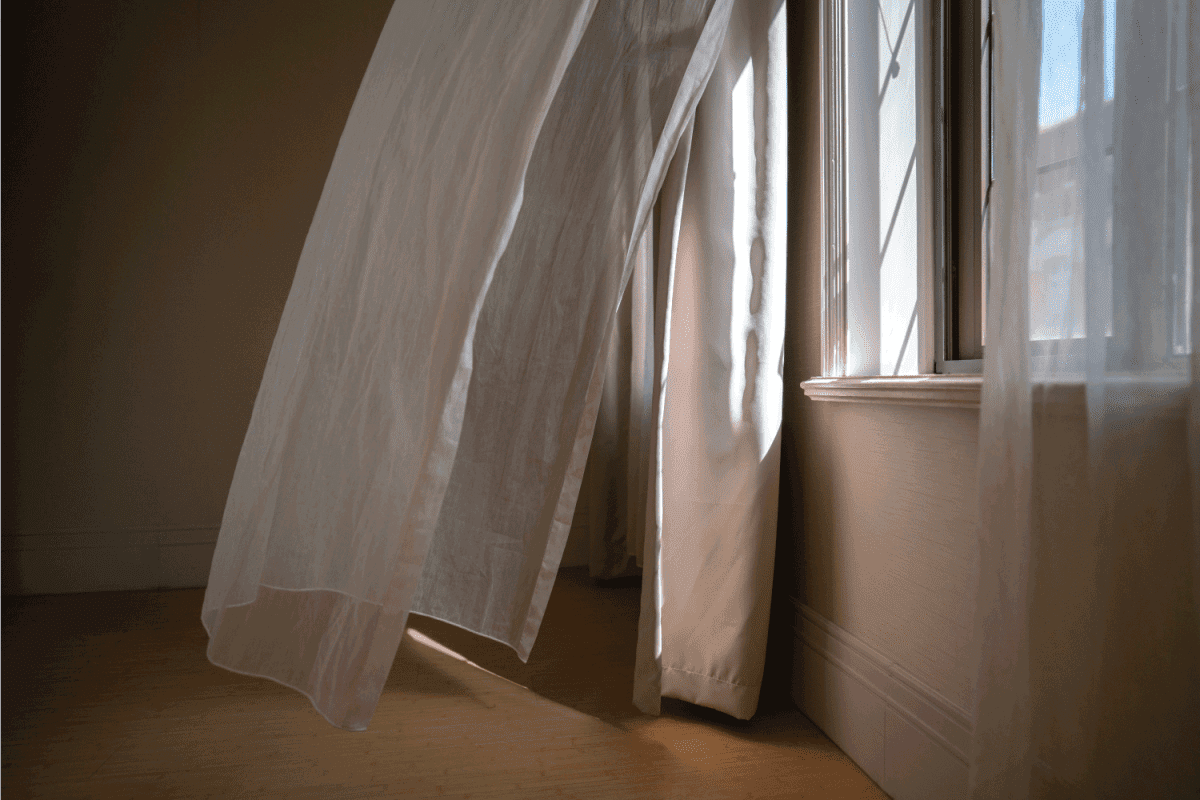
Where should curtains fall?
Nowadays, it is recommended to hang floor-length curtains. They should lightly touch the floor or if you want to go for the floating look, the hem should not be more than half an inch above the floor.
Not only does this length make your room appear taller and more contemporary, but it also has practical applications. This length hides your baseboards and makes cleaning easier since you don't have to lift and rearrange your curtains each time you need to clean the floor underneath the window.
Some homeowners like the formal look that comes with puddled curtains. In this case, you need to add at least 6 inches to the length of the curtain rod to the floor to achieve this dramatic style. But take note that it requires more effort when you have to vacuum the floor.
Having short curtains are considered tacky and outdated. Unless, of course, you have sensible reasons for hanging them that way such as when there's a radiator or vents directly underneath your window. It is simply impractical to cover these and you could even end up with a fire hazard for doing so.
Otherwise, it is safe (and easier to remember) to hang curtains all the way to the floor. But this would mean that you need to carefully measure the length from the rod to the floor so that you can attain this cozy, airy, and casual style in your room.

Final Thoughts
Don't skimp fabric on your curtains. In general, you want to hang curtains with fullness whether they are covering your window or hanging on the sides. This way, they can both be decorative when the occasion calls for it or functional when you need them to.





![living area in luxury apartment with a comfy sofa seats by the window, layered curtains, black out and sheer curtains, marble floor with space for household products display., Can Sheer Curtains Be Dyed [And How To]?](https://housepursuits.com/wp-content/uploads/2022/09/3D-REN1-1-600x400.jpg)
